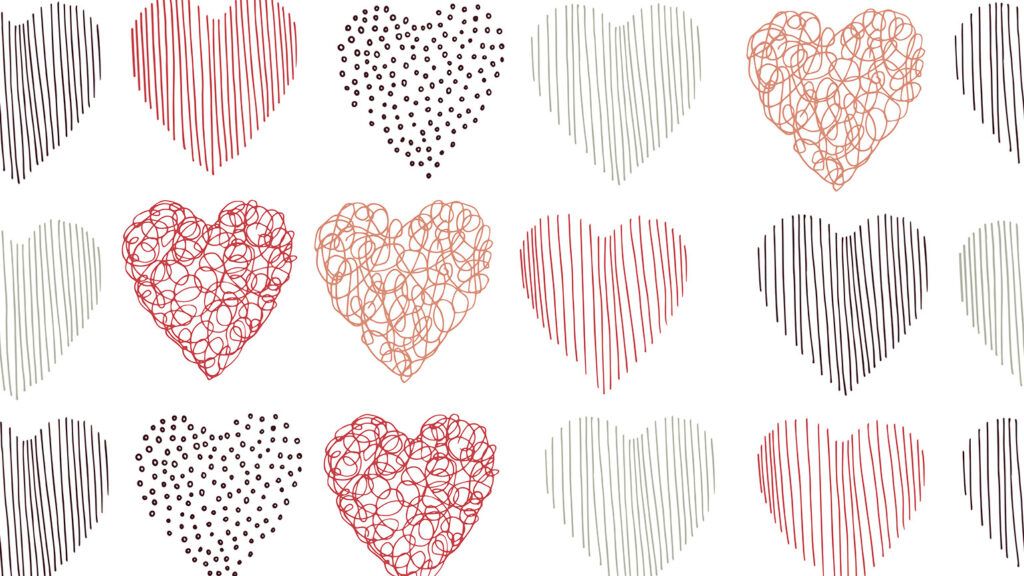The heart has been a powerful symbol for centuries, used in spiritual texts and religious art—particularly within the Christian faith—and as a sign of emotion and love across popular culture. But where did the heart shape come from?
While the Catholic Church often points to Saint Margaret Mary Alacoque’s 1673 vision of Jesus’ Sacred Heart as the origin of the heart-shape, evidence suggests the heart-shape was in use prior to her vision. Archaeological artifacts uncovered from the Indus Valley civilization—a Bronze Age society that flourished from 2600-1900 BCE in what is now Pakistan and western India—include a pendant embossed with a heart-shaped fig leaf.
Although the use of the heart shape predates Christianity, it is within this religious space where the symbol grew in popularity. It continued to gain momentum in Europe during the Middle Ages, becoming increasingly popular through works of art, such as stained-glass windows and sculptures found in churches or monasteries. It was during this period that various authors began making reference to the heart shape when discussing themes like courtship and marriage.
Lady Mary Wroth, some suggest, was one of the earliest adopters, referencing hearts in her 1621 piece, The Countess of Montgomery’s Urania. Similarly, William Wordsworth penned lines like: “Oh! How do I love thee? Let me count thee way; I love thee with a love that grows ever stronger day by day.”
The Heart Shape from Christian Iconography to Today
The Heart shape has been used for centuries across many cultures. What once served primarily as religious iconography has become one of today’s most iconic symbols; representing everything from faithfulness and devotion to compassion and joy—all with just one simple gesture: drawing a heart.
READ MORE ABOUT LOVE AND VALENTINE’S DAY:






